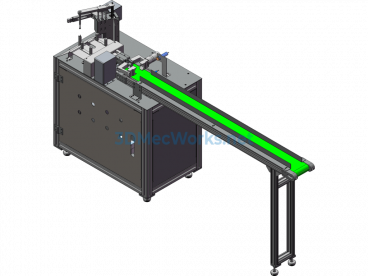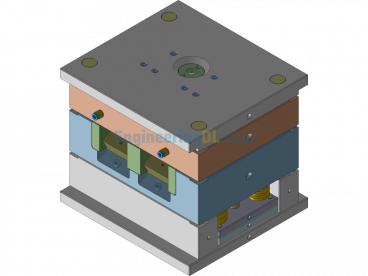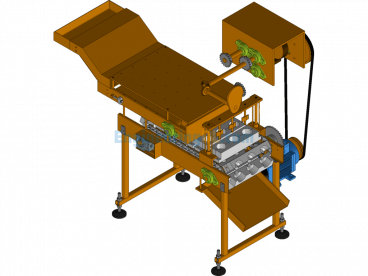Nursing beds are generally powered beds, either electric or manual, designed according to the bedridden patient’s lifestyle habits and treatment needs. They include features that allow family members to accompany the patient and offer multiple nursing functions and control buttons, ensuring an insulated and safe bed. Functions include weight monitoring, sitting up for dining, timed turning alarms, bedsores prevention, negative pressure urine suction bed alarms, mobility transport, rest, rehabilitation (passive exercise, standing), medication infusion, relevant reminders, and the ability to prevent patients from falling out of bed. Rehabilitation nursing beds can be used alone or combined with treatment or rehabilitation equipment.
Turning nursing beds usually do not exceed 90 cm in width, featuring a single-person, single-layer design. This makes it easier for medical staff to observe and for family members to operate and use. They can be used by people who are ill, severely disabled, elderly, or healthy when hospitalized or undergoing home treatment, rehabilitation, and recuperation. They come in a variety of sizes and forms.
Electric nursing beds consist of many components. High-end models include one each of a headboard, bed frame, and bed end, a set of bed legs, a mattress panel, a controller, two electric push rods, two left and right safety guards, four insulated silent casters, one integrated dining table, one detachable headboard equipment tray, one set of weight monitoring sensors, and two negative pressure urine alarms. Rehabilitation nursing beds add a set of linear slides and a drive control system, enabling passive stretching movements for upper and lower limbs.
Nursing beds primarily focus on practicality and simplicity. With technological advancements, the market has developed electric nursing beds with voice and eye operation, offering convenience for the blind and disabled, enriching their spiritual and daily lives.
Specification: The Structure of a Nursing Bed Hospital Bed
|
User Reviews
Be the first to review “The Structure of a Nursing Bed Hospital Bed”
You must be logged in to post a review.













There are no reviews yet.